Instruction
Get better faster with a tight feedback loop
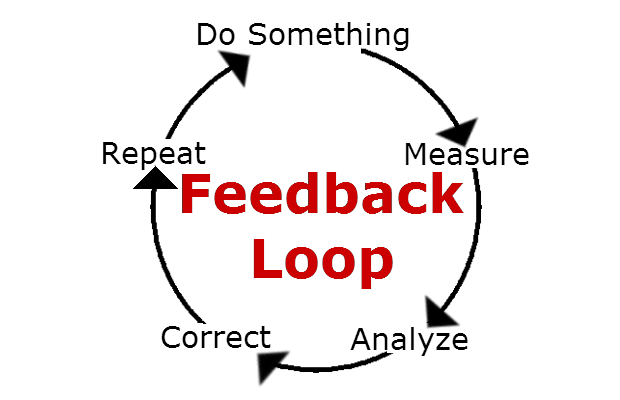
Getting an opportunity to work on a launch monitor can be enjoyable, confusing, helpful, overwhelming and invaluable all at the same time. In my limited time and experience with my launch monitor (I have a Trackman), I’ve quickly learned if I make things very simple, it becomes a very effective tool.
Learning quickly comes from various different methods, one of these methods is a tight feedback loop: Do something, measure, analyze, correct and repeat. The more of these loops you can fit into a practice session the quicker you can develop feel and understanding of the change. Let’s use club path as a simple example.
One of the most valuable functions of Trackman and FlightScope launch monitors is that they place a numerical values on the movement of the club. Here’s a look at one of those numbers.
The positive number means the club head is traveling to the right of the target 1.5 degrees at the moment of impact. This is not the word-for-word definition, but you get the gist.
Lets say we embark on a drill to get your club path moving to the left of the target at impact. The number on the screen you want to see would be something like this.
A change this big will feel weird and unnatural, but that’s the point. This process of change is accelerated using a tight feedback loop. Do something, measure, analyze, correct and repeat.
Changing the number on the screen almost becomes a bit of the game. Maybe the first swing moves the number to 0.5 degrees; the next gives you -1 — you get the picture. You are actively exploring a change in your golf swing and watching the number gives you the feedback to know you are doing something different from swing to swing.
Some of you may be thinking: What should I do to get that number to move from positive to negative? With Doppler radar launch monitors like Trackman and Flightscope, I think it’s a good idea to let people experiment a little and find out for themselves. How would you change the path? I’ll always be there for a helping hand or guidance, but a little exploration is good.
Have you ever been faced with a difficult question or problem, put in the work and found the answer after some deliberate thought? When you find the answer, you own the answer because of the struggle and effort you put in to get it. It’s no different here.
If you’re more of a visual learner, Trackman and Flightscope use images to display path in different ways from different perspectives. All these forms of feedback can aid in understanding and accomplishing your goal of change.
Each swing returns a club-path number and you’ll begin to match the number to a feel. Making the feel your own and understanding that feel makes you more aware and helps quicken the improvement process.
When practicing with a Trackman or Flightscope, you can create even more deliberate practice by creating little challenges that will help you achieve your goal. Staying with the above example, try to hit five consecutive practice balls where the club-path number is negative or to the left. If you miss on one of the shots you’ve got to start over — an example of immediate feedback and purposeful practice.
I like to find anything and everything that helps me understand the process of change and learning. The books and articles I find valuable I like to share, because if they help me maybe they can help you as well. In Daniel Coyle’s book “The Little Book of Talent,” he talks about the process of getting better.
In our busy lives, it’s sometimes tempting to regard merely practicing as a success. We complete the appointed hour and sigh victoriously — mission accomplished! But the real goal isn’t practice, it’s progress. As John Wooden put it, “Never mistake mere activity for accomplishment.”
One useful method is to set a daily SAP: smallest achievable perfection. In this technique, you pick a single chunk that you can perfect — not just improve, not just “work on,” but get it 100 percent correct consistently. For example, a tennis player might choose the service toss; a salesperson might choose the 20-second pitch he’ll make to an important client. The point is to take the time to aim at a small, defined target and then put all your effort toward hitting it.
After all, you aren’t built to be transformed in a single day. You are built to improve little by little, connection by connection, rep by rep. As Wooden also said, “Don’t look for the big, quick improvement. Seek the small improvement one day at a time. That’s the only way it happens — and when it happens, it lasts.”
This pairs up nicely with what I’ve talked about above. Find a little chunk of your golf swing and try to perfect that one thing. As you make small improvements over time, your golf swing slowly becomes more efficient.
- LIKE5
- LEGIT1
- WOW0
- LOL1
- IDHT0
- FLOP0
- OB0
- SHANK1
Instruction
Clement: Laid-off or perfect fade? Across-the-line or perfect draw?

Some call the image on the left laid off, but if you are hitting a fade, this could be a perfect backswing for it! Same for across the line for a draw! Stop racking your brain with perceived mistakes and simply match backswing to shot shape!
- LIKE0
- LEGIT0
- WOW0
- LOL0
- IDHT0
- FLOP0
- OB0
- SHANK1
Instruction
The Wedge Guy: The easiest-to-learn golf basic

My golf learning began with this simple fact – if you don’t have a fundamentally sound hold on the golf club, it is practically impossible for your body to execute a fundamentally sound golf swing. I’m still a big believer that the golf swing is much easier to execute if you begin with the proper hold on the club.
As you might imagine, I come into contact with hundreds of golfers of all skill levels. And it is very rare to see a good player with a bad hold on the golf club. There are some exceptions, for sure, but they are very few and very far between, and they typically have beat so many balls with their poor grip that they’ve found a way to work around it.
The reality of biophysics is that the body moves only in certain ways – and the particulars of the way you hold the golf club can totally prevent a sound swing motion that allows the club to release properly through the impact zone. The wonderful thing is that anyone can learn how to put a fundamentally sound hold on the golf club, and you can practice it anywhere your hands are not otherwise engaged, like watching TV or just sitting and relaxing.
Whether you prefer an overlap, interlock or full-finger (not baseball!) grip on the club, the same fundamentals apply. Here are the major grip faults I see most often, in the order of the frequency:
Mis-aligned hands
By this I mean that the palms of the two hands are not parallel to each other. Too many golfers have a weak left hand and strong right, or vice versa. The easiest way to learn how to hold the club with your palms aligned properly is to grip a plain wooden ruler or yardstick. It forces the hands to align properly and shows you how that feels. If you grip and re-grip a yardstick several times, then grip a club, you’ll see that the learning curve is almost immediate.
The position of the grip in the upper/left hand
I also observe many golfers who have the butt of the grip too far into the heel pad of the upper hand (the left hand for right-handed players). It’s amazing how much easier it is to release the club through the ball if even 1/4-1/2″ of the butt is beyond the left heel pad. Try this yourself to see what I mean. Swing the club freely with just your left hand and notice the difference in its release from when you hold it at the end of the grip, versus gripping down even a half inch.
To help you really understand how this works, go to the range and hit shots with your five-iron gripped down a full inch to make the club the same length as your seven-iron. You will probably see an amazing shot shape difference, and likely not see as much distance loss as you would expect.
Too much lower (right) hand on the club
It seems like almost all golfers of 8-10 handicap or higher have the club too far into the palm of the lower hand, because that feels “good” if you are trying to control the path of the clubhead to the ball. But the golf swing is not an effort to hit at the ball – it is a swing of the club. The proper hold on the club has the grip underneath the pad at the base of the fingers. This will likely feel “weak” to you — like you cannot control the club like that. EXACTLY. You should not be trying to control the club with your lower/master hand.
Gripping too tightly
Nearly all golfers hold the club too tightly, which tenses up the forearms and prevents a proper release of the club through impact. In order for the club to move back and through properly, you must feel that the club is controlled by the last three fingers of the upper hand, and the middle two fingers of the lower hand. If you engage your thumbs and forefingers in “holding” the club, the result will almost always be a grip that is too tight. Try this for yourself. Hold the club in your upper hand only, and squeeze firmly with just the last three fingers, with the forefinger and thumb off the club entirely. You have good control, but your forearms are not tense. Then begin to squeeze down with your thumb and forefinger and observe the tensing of the entire forearm. This is the way we are made, so the key to preventing tenseness in the arms is to hold the club very lightly with the “pinchers” — the thumbs and forefingers.
So, those are what I believe are the four fundamentals of a good grip. Anyone can learn them in their home or office very quickly. There is no easier way to improve your ball striking consistency and add distance than giving more attention to the way you hold the golf club.
More from the Wedge Guy
- The Wedge Guy: Golf mastery begins with your wedge game
- The Wedge Guy: Why golf is 20 times harder than brain surgery
- The Wedge Guy: Musings on the golf ball rollback
- LIKE87
- LEGIT13
- WOW6
- LOL1
- IDHT0
- FLOP4
- OB1
- SHANK8
Instruction
Clement: Stop ripping off your swing with this drill!

Not the dreaded headcover under the armpit drill! As if your body is defective and can’t function by itself! Have you seen how incredible the human machine is with all the incredible feats of agility all kinds of athletes are accomplishing? You think your body is so defective (the good Lord is laughing his head off at you) that it needs a headcover tucked under the armpit so you can swing like T-Rex?
- LIKE0
- LEGIT2
- WOW2
- LOL0
- IDHT0
- FLOP0
- OB0
- SHANK2
-

 19th Hole2 weeks ago
19th Hole2 weeks agoDave Portnoy places monstrous outright bet for the 2024 Masters
-

 19th Hole4 days ago
19th Hole4 days agoJustin Thomas on the equipment choice of Scottie Scheffler that he thinks is ‘weird’
-

 19th Hole2 weeks ago
19th Hole2 weeks agoTiger Woods arrives at 2024 Masters equipped with a putter that may surprise you
-

 19th Hole4 days ago
19th Hole4 days ago‘Absolutely crazy’ – Major champ lays into Patrick Cantlay over his decision on final hole of RBC Heritage
-

 19th Hole2 weeks ago
19th Hole2 weeks agoTwo star names reportedly blanked Jon Rahm all week at the Masters
-

 19th Hole1 week ago
19th Hole1 week agoReport: LIV Golf identifies latest star name they hope to sign to breakaway tour
-

 19th Hole2 weeks ago
19th Hole2 weeks agoNeal Shipley presser ends in awkward fashion after reporter claims Tiger handed him note on 8th fairway
-

 19th Hole1 week ago
19th Hole1 week agoBrandel Chamblee has ‘no doubt’ who started the McIlroy/LIV rumor and why

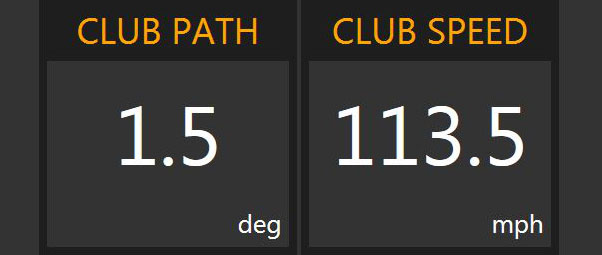
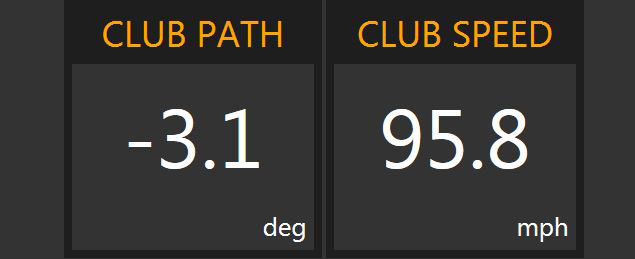
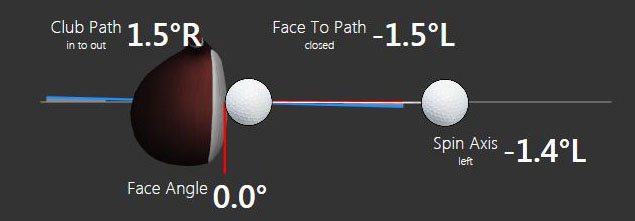
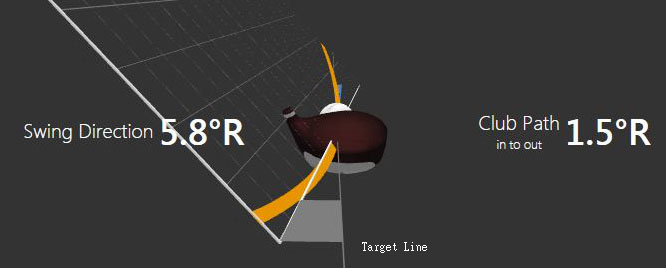















getitclose
Feb 16, 2014 at 10:28 am
I’ll second the above comment. Last year I decided I wanted to be better than the average joe, started buying books and watching the “how-to’s” on the internet. Which can be good, if you work on one or two things at a time. I got overwhelmed, and actually got worse because I was over analyzing everything. Bottom line; simplify.
Great article. Bravo
Rob Rashell
Feb 17, 2014 at 10:40 am
getitclose,
I’ve always been amazed by how making one thing really great in your golf swing also improves other pieces as well, without even trying. Thanks!
Dave
Feb 16, 2014 at 6:52 am
Truly a great article. Learning how to learn is key to being able to learn. My teacher also has me “figure things out myself” instead of just talking at me, really helps to own it. I am going to book mark this article I thought so much of it.
Thank you
Rob Rashell
Feb 17, 2014 at 10:38 am
Hi Dave, thanks for the thoughts, all the best with your golf!